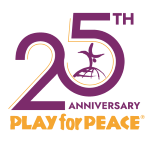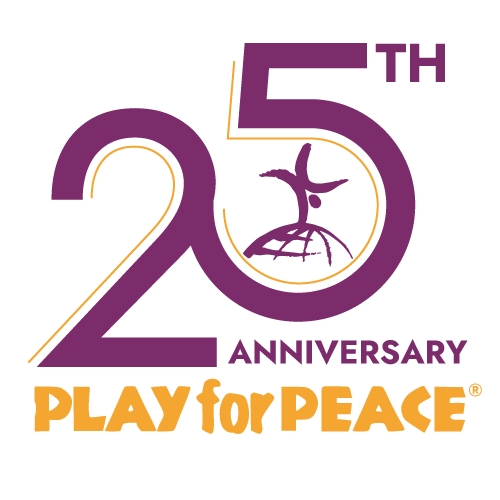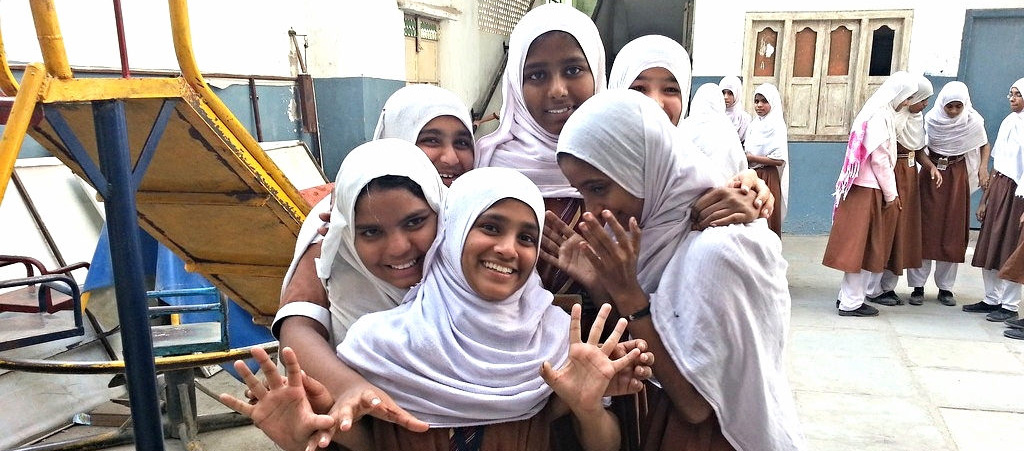“Just as ripples spread out when a single pebble is dropped into water, the actions of individuals can have far-reaching effects." —Dalai Lama
Detailed in the annual report, Play for Peace supports programming that creates a “ripple effect” around the world, spreading light, unity, and reconciliation. This past year has proven to be monumental for our organization. Ranging from a Global Compassion Summit with the Dalai Lama in July, to the first-ever Compassion Games in December 2015, Play for Peace used various learning initiatives to facilitate cooperative play for youth in communities in conflict. In Myanmar, Play for Peace Trainee Kuhn Lar Bway conducted 19 Practice Peace Sessions involving 450 children to combat the ethnic cleansing of the Rohingya Muslim community. Uniting members of several ethnic groups, volunteers worked together to promote peace and tolerance despite a volatile socio-political climate.
In Chicago, Play for Peace Trainer Richard Rutschman facilitated cooperative games with youth at Harper High School to alleviate the pressure of bullying, violence, and prejudice that has enveloped the local community. To combat the increasing rate of gang violence and the ever-present fear of death, Richard trained graduate students to assist children in Chicago to contend with their fears and assuage feelings associated with the loss of their peers. Although functioning on opposite points in the world, these two Play for Peace programs have transformed their local communities. Using “play” as a tactic for Peace, children around the globe experienced the cathartic process of solidarity amid turmoil. On behalf of our 59 active clubs operating in 11 countries, 52 partner organizations, and 2,700 members residing in 41 different counties, we welcome you to read and share our annual report widely and hope that our collective activity catalyzes the continuation of a worldwide “ripple effect."



